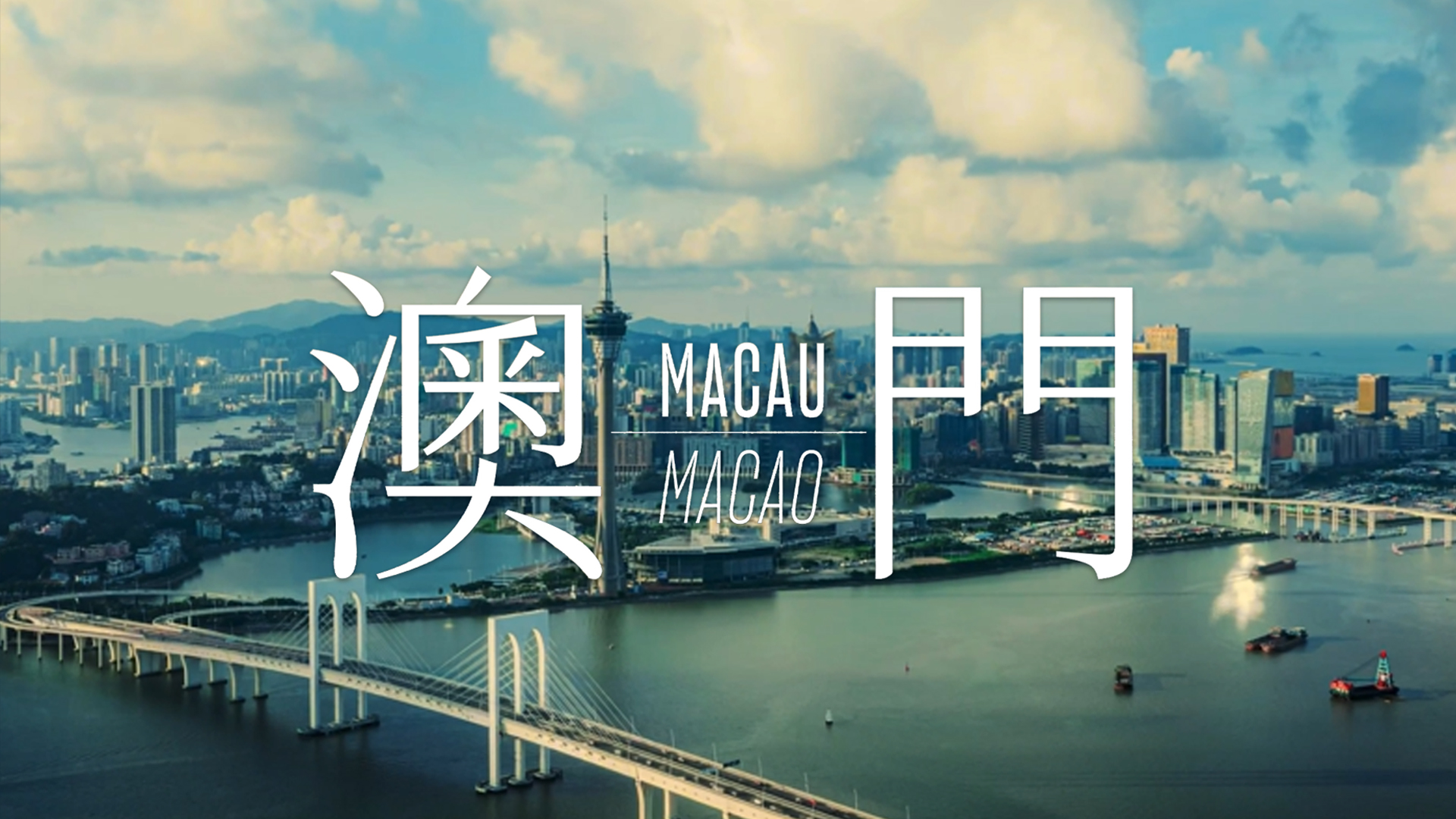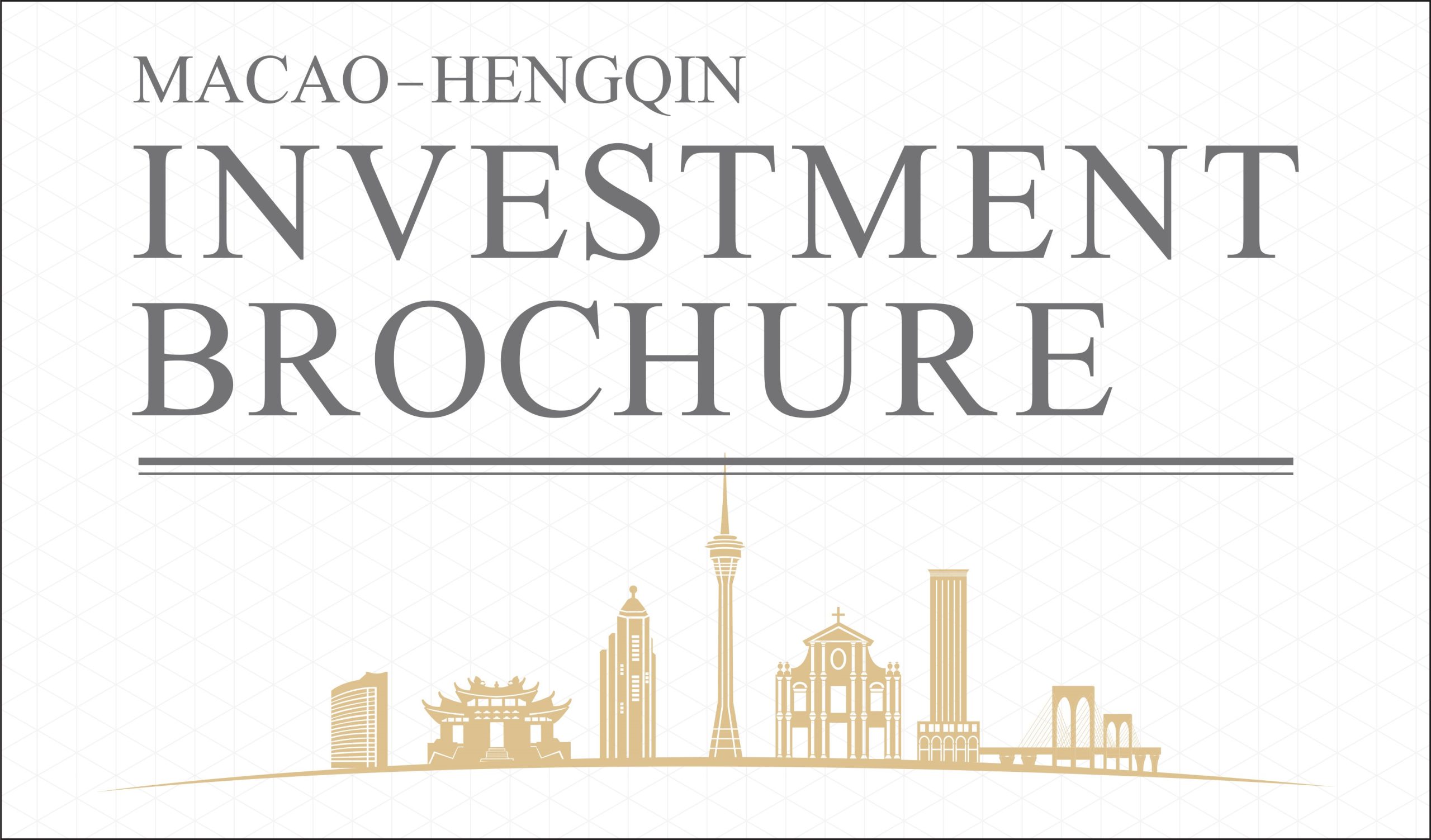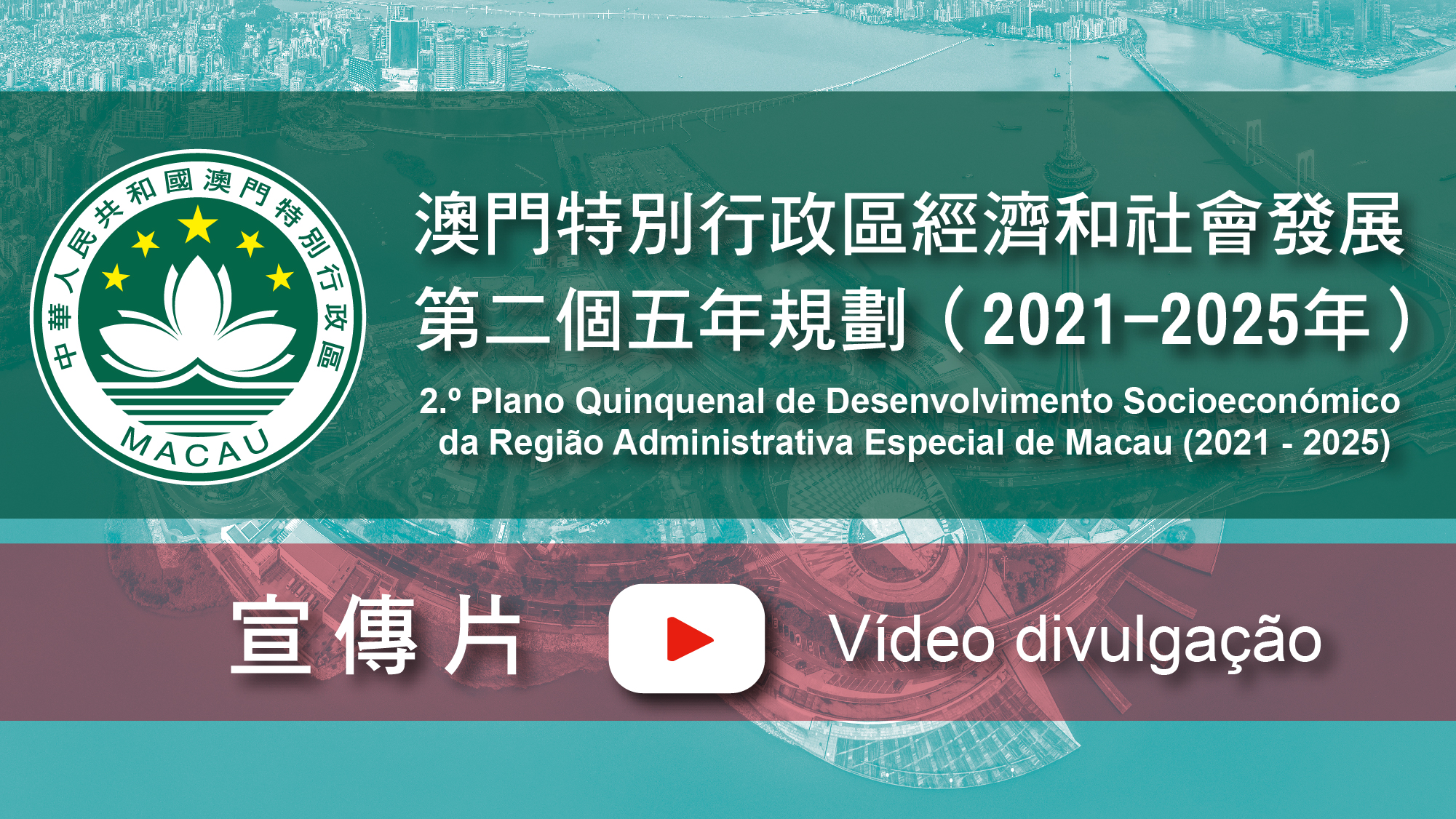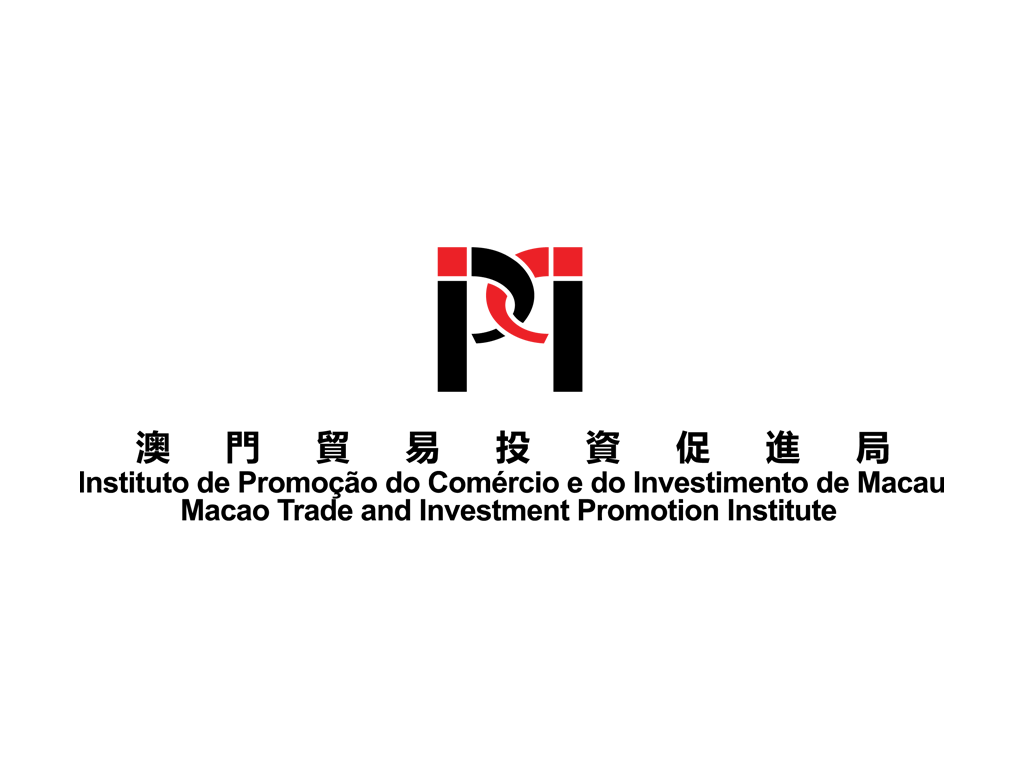Search Issues
Russian Federation
The Russian Federation – commonly known as Russia – extends across Europe and Asia. It is the world’s largest country by land area, covering a total of 17,098,250 square kilometres, which is equivalent to about one-eighth of the Earth’s inhabited land area.
Russia shares land borders with 14 countries: Norway and Finland to the northwest; Estonia, Latvia, Lithuania, Poland and Belarus to the west; Ukraine to its southwest; Georgia, Azerbaijan and Kazakhstan to the south; and the People’s Republic of China, Mongolia, and North Korea to its southeast. Russia shares maritime boundaries on the west with Japan and the United States. The country’s northern and eastern parts are surrounded by the Arctic and Pacific Oceans respectively. To the northwest, it connects to the Atlantic Ocean and the Baltic Sea, and with the Black Sea to the southwest.
Russia is the ninth most populous country in the world. It has about 144 million people, divided into 194 ethnic groups; 77.7% of its people are ethnic Russians. The country’s official language is Russian. Russian Orthodox Christianity is the most widely professed faith in the country, followed by Islam.
Russia comprises a total of 85 different “federal subjects”, including 22 autonomous republics, 46 oblasts (provinces), nine “krais” (territories), four autonomous “okrugs” (autonomous areas), one autonomous “oblast” and three federal cities. Moscow is the capital of the Moscow Oblast and of Russia, as well as being the country’s largest city. Moscow is the national centre of politics, the economy, science, culture and transportation; there are around 12.3 million permanent residents.
Russia was the largest constituent of the former Union of Soviet Socialist Republics (Soviet Union). A significant number of important 20th-century scientific achievements stemmed from the Soviet Union, including development of the world’s first satellite craft to orbit the Earth, and putting the first human into space. By 1990, the Soviet Union had the world’s second-largest economy. Following its dissolution in 1991, Russia emerged as an independent state.
Russia is a member of a number of international bodies, including: the World Trade Organisation (WTO); the G20; the Council of Europe (EUCO); the Asia-Pacific Economic Co-operation (APEC) forum; the Shanghai Co-operation Organisation (SCO); and the Organisation for Security and Co-operation in Europe (OSCE). The country is also a founding member of the Eurasian Economic Union (EEU).
Russia had the world’s 11th-largest economy as of 2018, measured by gross domestic product (GDP) in U.S. dollars. The services sector accounted for 64.8% of its GDP, followed by the industry sector (32.1%) and agriculture (3.1%).
China and Russia established in 1996 a “partnership of strategic coordination”. In 2001, the governments of the two countries signed the “Treaty of Good-Neighbourliness and Friendly Co-operation between the People’s Republic of China and the Russian Federation”, helping to further Sino-Russian co-operation. In 2011, China and Russia agreed to a “comprehensive strategic partnership”, promoting mutual trust and support, common prosperity and friendship.
In July 2017, China and Russia signed the “Joint Statement between the People’s Republic of China and the Russian Federation on Current World Situation and Major International Issues”. The two sides also signed at that time the “Joint Statement on the Korean Peninsula between the Ministry of Foreign Affairs of the People’s Republic of China and the Ministry of Foreign Affairs of the Russian Federation”, covering common positions on a number of matters. A “Joint Statement by the People’s Republic of China and the Russian Federation on Strengthening Contemporary Global Strategic Stability” was signed in 2019, promoting the countries’ comprehensive strategic partnership within the New Era.
The relationship between China and Russia is currently at its best point ever. The two countries have frequent high-level exchanges and have established a practice of exchanging annual visits between heads of state, and regular meetings between their respective prime ministers. Mutual political trust continues to deepen, with both sides firmly supporting each other on core issues concerning national sovereignty, security, territorial integrity and development. China and Russia maintain close strategic co-operation in international and regional affairs, working to safeguard effectively regional and world peace and stability.
Business information about Russia
Russia is rich in natural resources, both in terms of quantity and variety. The country has large reserves in a number of natural resources, ensuring high levels of self-sufficiency. Aside from being the world’s largest country in terms of total land area, Russia boasts the world’s largest forest area and timber reserves.
Russia has the world’s largest reserves of mineral and energy resources. Proven reserves of natural gas account for 25% of the world’s total, being the largest of any country around the globe. Russia’s proven oil reserves account for 9% of the world’s total. Its coal reserves are the fifth largest on the planet, while Russia’s reserves of iron, nickel and tin, rank first worldwide. Russia’s gold reserves are the globe’s third largest, while uranium reserves are ranked seventh.
Main Economic Indicators in 2018
| Gross Domestic Product (US$ billion) | 1,657.6 |
| GDP Per Capita (US$) | 11,288.9 |
| Real GDP Growth (Percentage %) | 2.3 |
| Inflation Rate (Percentage %) | 10.3 |
| Country Land Area (square kilometres) | 17,098,250 |
| Population | 144,478,050 |
Source: World Bank, https://data.worldbank.org/
Major Trade Partners of Russia (2018)
| Main Export Destinations | Total Exports (US$ millions) | Percentage (%) |
| China | 56,079.1 | 12.5 |
| Netherlands | 43,598.5 | 9.7 |
| Germany | 34,002.1 | 7.6 |
| Belarus | 21,562.8 | 4.8 |
| Turkey | 21,525.0 | 4.8 |
| Main Origin for Imports | Total Imports (US$ millions) | Percentage (%) |
| China | 52,167.6 | 22.0 |
| Netherlands | 25,489.4 | 10.7 |
| Germany | 12,690.7 | 5.3 |
| Belarus | 11,884.5 | 5.0 |
| Turkey | 10,569.6 | 4.5 |
Source: International Monetary Fund, https://www.imf.org/en/Data
Bilateral Trade between Macao and Russia
(US$ billion)
| Year | Total Trade | Total Exports | Total Imports |
| 2018 | 686.7 | 449.2 | 237.5 |
Bilateral Trade between Macao and Russia
(US$ million)
| Year | Total Trade | Total Exports | Total Imports |
| Jan-Sept 2019 | 1.44 | – | 1.44 |
| 2018 | 3.78 | 0.18 | 3.60 |
Source: Macao Statistics and Census Service, https://www.dsec.gov.mo/
Source:
World Bank
https://data.worldbank.org
International Monetary Fund
https://www.imf.org/en/Data
Ministry of Foreign Affairs of the People’s Republic of China
https://www.fmprc.gov.cn
Macao Statistics and Census Service
https://www.dsec.gov.mo/






















